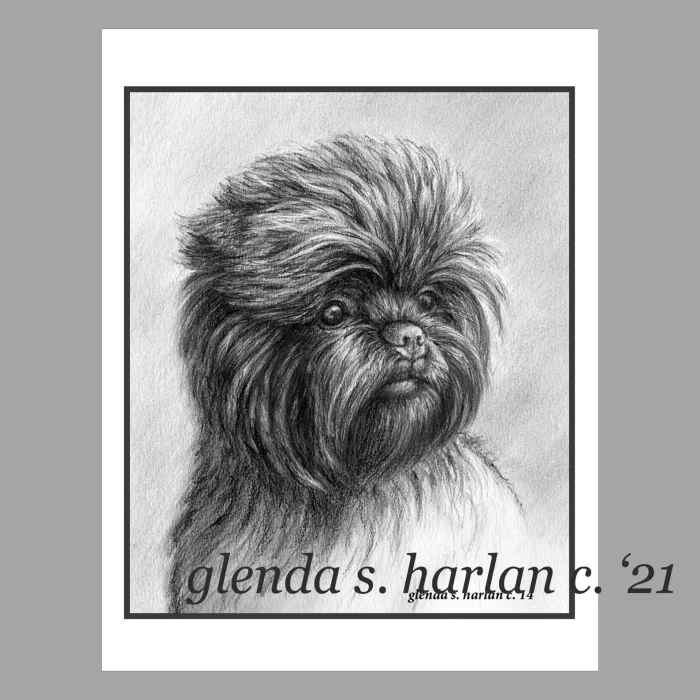
Before it went defunct in 1969, This Week magazine was the oldest syndicated newspaper supplement in the United States. For readers who can’t remember a pre-digital era, a “newspaper supplement” was an additional section of a newspaper that was typically included with the main publication. It included “softer” news like puff pieces on lifestyle, entertainment, and human-interest. The best known of these (simply because it was the most recent) is Parade Magazine which saw its final printing as a hard copy in 2022 (it’s now an e-magazine on newspaper websites).
At its peak in 1963, This Week was distributed with the Sunday editions of 42 newspapers and had a circulation of over 14.6 million. Talented contributors like Agatha Christie, Arthur C. Clarke, and Ellery Queen helped give the magazine a widespread distribution and high circulation numbers, and thus, the publication’s popularity was significant. This Week magazine covers often featured personalities who got tremendous exposure as a result, but not all the covers featured human beings.
Dachshunds, Basset Hounds, Bulldogs, and Weimaraners made appearances, and while those popular breeds probably didn’t need to be introduced to a general public, a lesser known breed like the Affenpinscher did. In 1966, a year after the Affenpinscher Club of America was formed, This Week put an Affen pup on its cover which gave the breed much needed publicity.
Since we don’t want to wait until 2061 when the copyright expires for the cover image, you can see it here. The same issue included shopping tips, health advice for pets, and an approach to prisons, but information about the Affenpinscher was the first time many people had ever heard of the breed.
Why was this?
First, a little background. The first American-born litter of Affenpinschers was whelped on June 12, 1935 by Bessie Mally with a pair of German imports. The dam (or mother) of the litter, Nolli v An wander, was the first Affenpinscher recognized by the AKC and the breed was listed in the AKC Stud Book (thanks to Mally’s persistent efforts). As far as we know, some fifteen litters were bred after that, but none between 1940 and 1949 largely because of the disruption caused by World War II. The dogs that had been initially imported had died out, and by the 1950s, breeders had to essentially start over. Though Miss Evelyn Brody began importing Affenpinschers again after the war, AKC records show that none of the dogs from the 1930’s were ever bred to the new imports. According to the breed club, breeders imported dogs from some of the same breeders that had bred Mrs. Mally’s dogs of the 30’s which helped in the restoration, but you can image that when This Week magazine put an Affen pup on the cover, it was a welcomed boost. You can read more about the history of the breed in America here.
Fanciers at the time were glad of the attention, but it was a different time under different circumstances. These days, many breed owners wince if their breed appears in a movie for fear that it will become too popular as evidenced by the “101 Dalmatians Syndrome;” In that scenario, a surge in ownership followed the release of the animated movie, the consequent of owners who hadn’t done their homework on the breed, and casual breeders who didn’t thoroughly “vet” potential owners. Too many Dalmatians ended up with people poorly suited to own the breed, and many dogs were given over to animal shelters. Ultimately, it was the negative impact of impulsive pet acquisition influenced by media and popular culture.
Image: Affenpinscher by Glenda Harlan
www.glendaharlan.com
www.etsy.com/shop/glendaharlan
